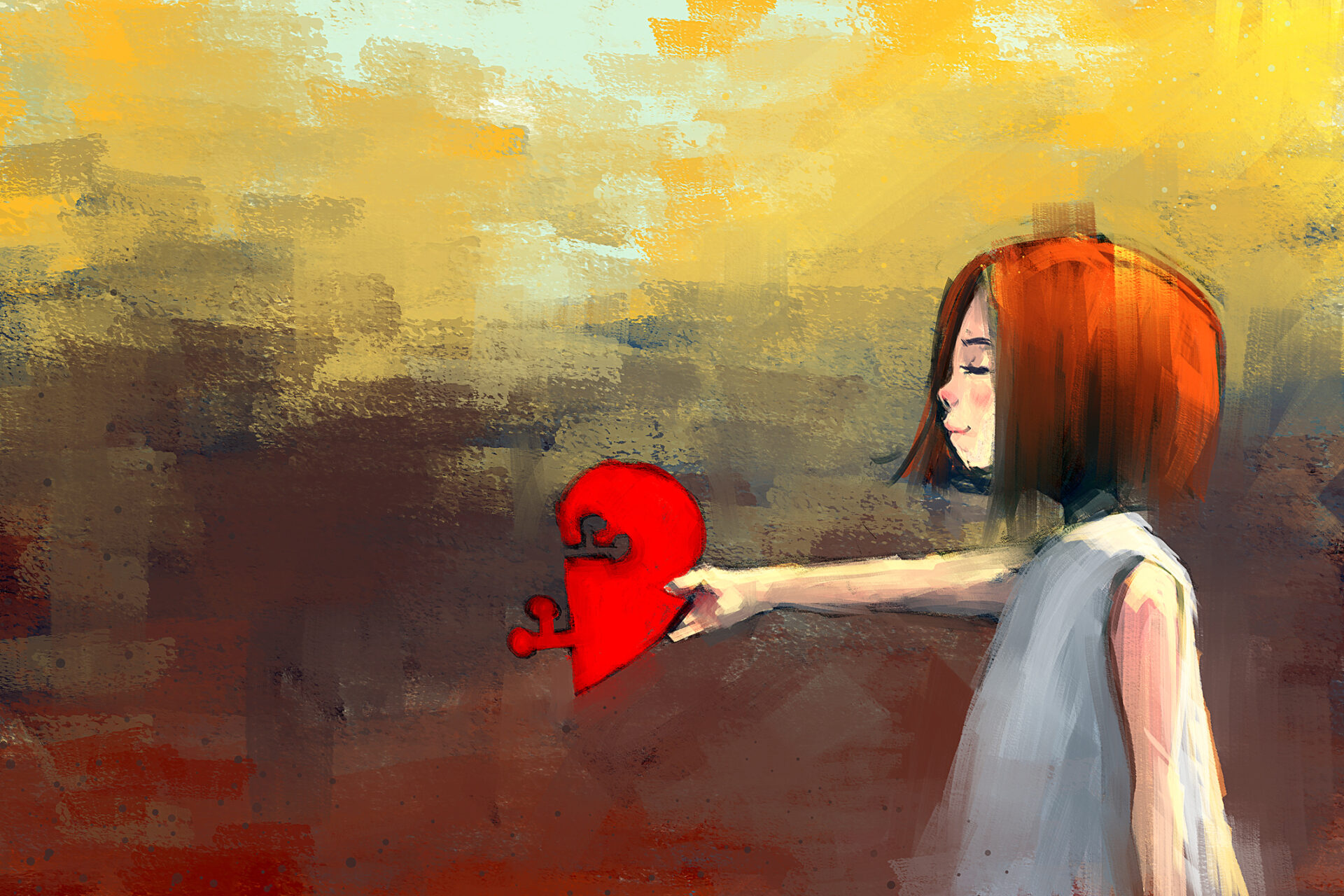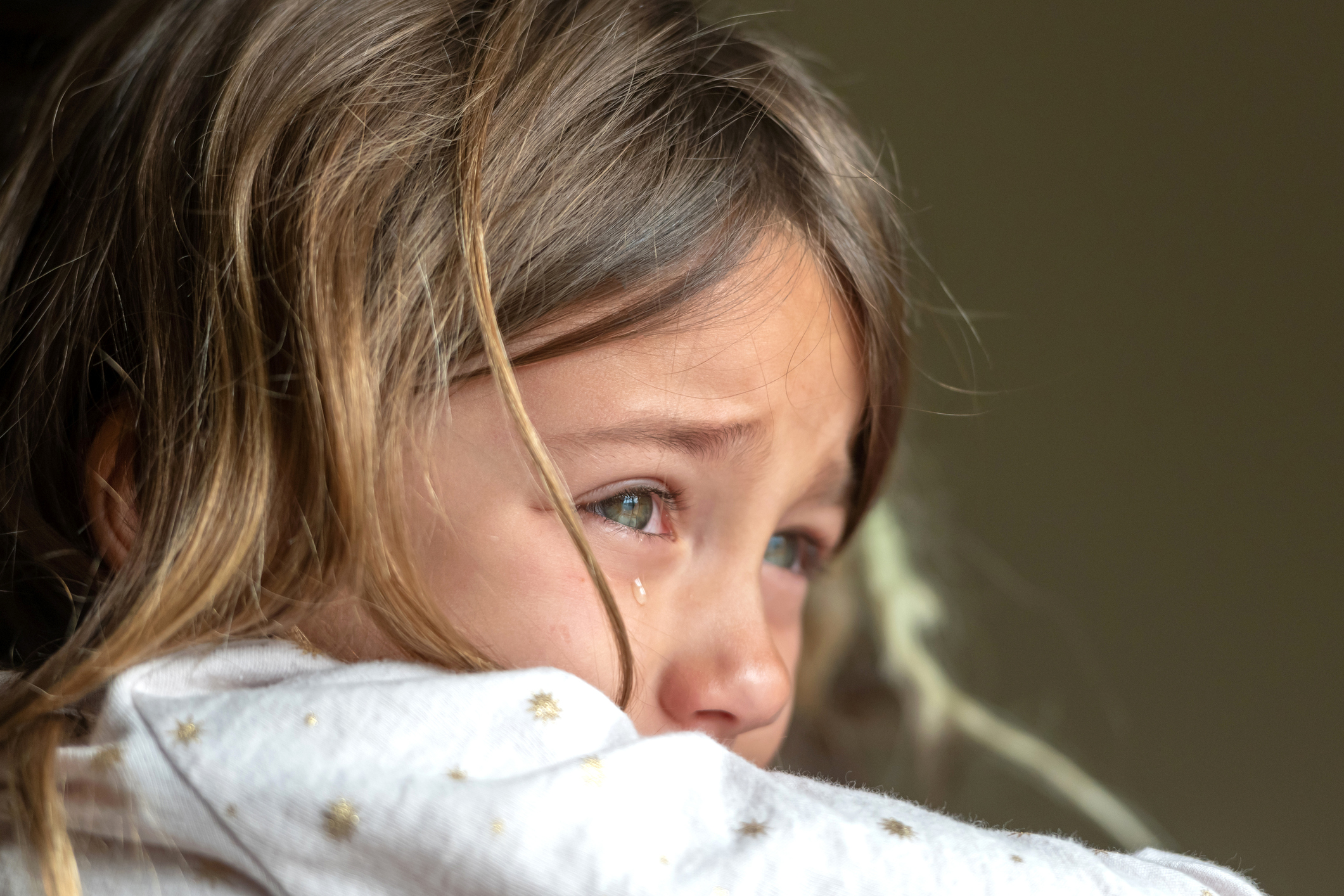Continually living in dangerous or stressful situations stunt a child’s growth and make it hard for them to operate as normal in social or public venues. They develop ways to protect themselves from threats that are unknown but sure to be present. The way to help children deal with these struggles is twofold. First, the children must be provided with a safe and consistent environment where they can heal from the damaging circumstances. Secondly, one can help the children become aware of the coping mechanisms they have developed and work with them to consciously undo them and heal.
Key Takeaways:
- Data has revealed that there is a very strong link between ill mental health as an adult and maltreatment as a child.
- Areas that are likely to be very much affected include cognition and social functioning.
- The child’s ability to process social cues and interpret social rewards and threats can be severely compromised.
“These feelings of fear, worry or panic are persistent, and trigger avoidance behaviours that are pervasive enough to interfere with a child’s capacity to participate in daily activities.”
Read more: https://aifs.gov.au/cfca/publications/developmental-differences/threat-bias







